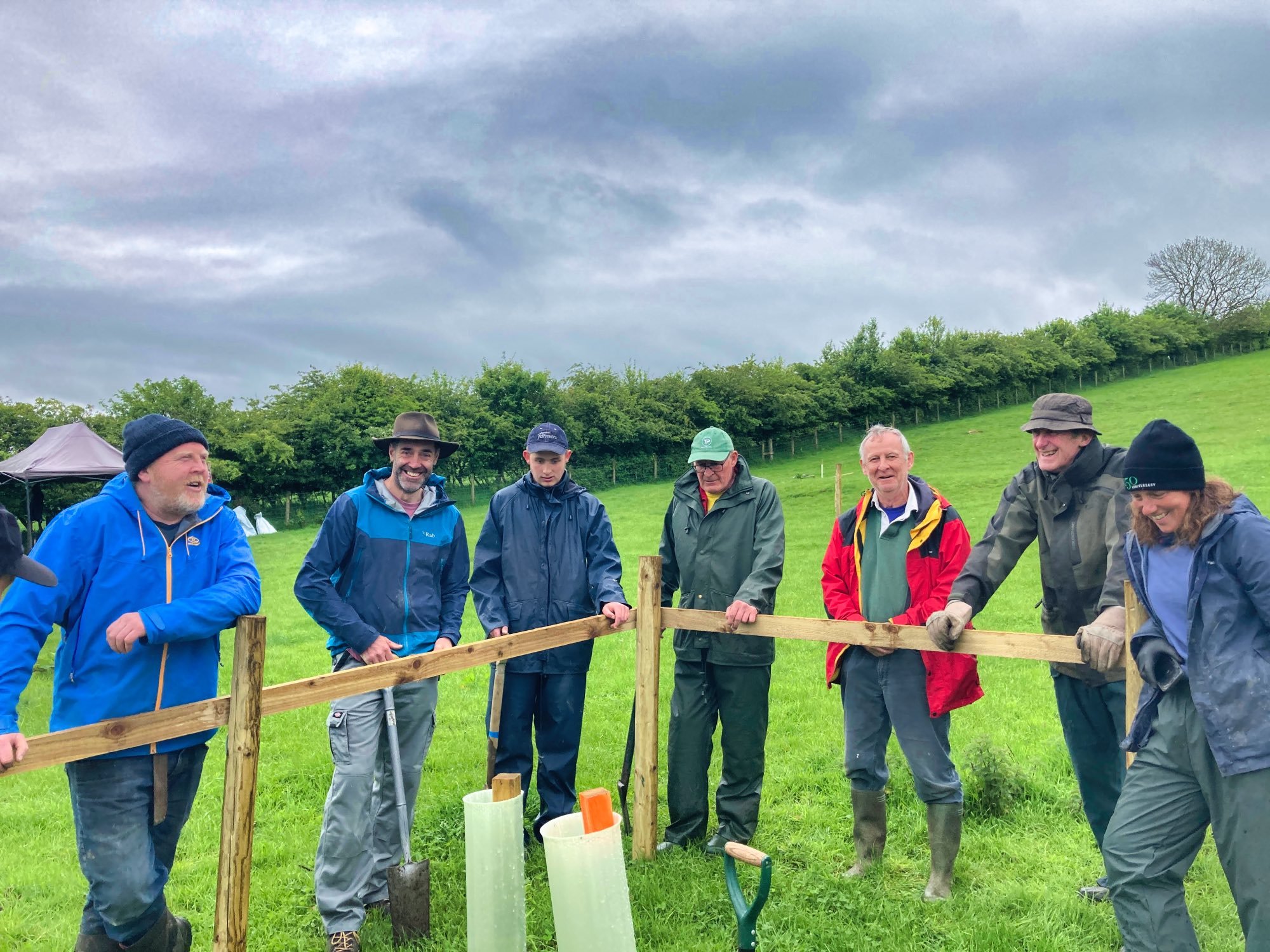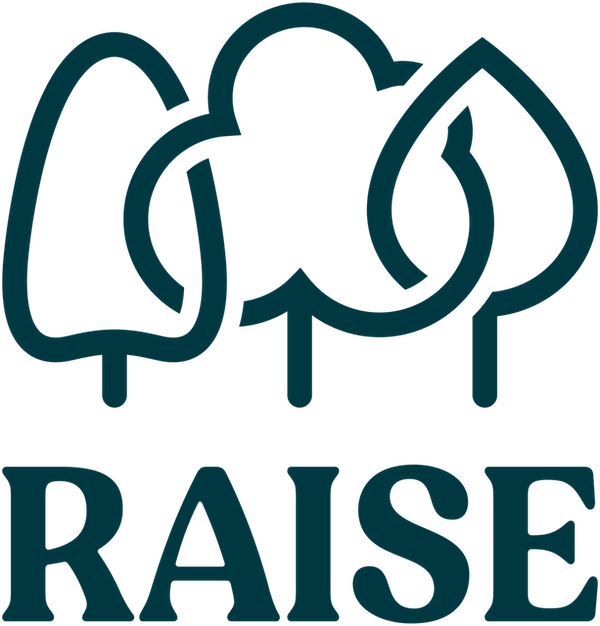Park House Farm

DATE:
2022 / 2023
LOCATION:
Torpenhow, Cumbria
Case studies >> Three Hills Barn
Reimagining Dairy Farming
“This is the easiest funding scheme we have ever used."
Aims
Create new wood pasture on two fields surrounding ancient woodland.
Improve soils, habitat and water retention.
Create shelter for livestock and allow year-round grazing.
Cumbria and South-West Scotland is the UK’s second largest milk field, producing 1.9 billion litres each year. Cows and dairy products are big business and a huge part of the culture and heritage of the region. Produce is key, and usually, this means volume and producing as much can from the land.
But what if you want to do things differently? What if you want to go against the perceived wisdom of those who farm around you?
Meet Jen and Mark. Two people who have made it their mission to buck the trend and think differently about what they do with their dairy farm. Originally, they farmed to produce as much milk as possible, but given the price was low, it was a constant challenge; buying supplementary feed, milking two to three times a day, and buying fertilizers and pesticides.
The cattle still graze as normal, but have additional shelter, and another food source and the soils become more robust. Trees offer habitat and, with time have the potential to become veteran and ancient trees given they have the space to grow and fully mature. Trees can also be pollarded and managed to produce timber or for feeding livestock.
At Park House Farm, the team designed a planting scheme that created a density ideal for wood pasture. Given the fields would continue to be grazed, the trees needed some serious protection from the herd, so large stakes and cactus guards have been used to dissuade any cattle from leaning too heavily on the cages. There are also some small clusters of planting which are fenced off to provide a variety of planting across the site. This was all funded through the community forest and as Jen has put it, "This is the easiest funding scheme we have ever used".
The planting in the fields is done at a density of 35 trees per hectare, either as individual trees or 12m boxed areas. The fields are on either side of the remaining ancient woodland which adds to the range of habitat on offer on the farm and better connectivity between trees, woodland and grasses. The future of Park House Farm is going to involve more trees. "We can see other fields we can do it in, makes no difference to the cows," says Jen.
As part of their continuing evolution, they are looking at how they incorporate a wet area into one of the fields and embrace the water rather than fight it. Rather than battling fields that want to be woodland, they are looking into further wood pasture creation following the success of this initial project!
"Back then we would spray the fields with herbicides and pesticides to suppress growth of what many perceive as troublesome weeds and keep unwelcome insects and parasites at bay – it was just what farmers did, right?"
One day, due to a faulty sprayer, the herbicides left strips of grazing un-sprayed. After a few weeks, the cows came back in and they had a lightbulb moment as Mark describes, "Every one of those cows, without exception, headed for that strip of untreated land and started to graze."
The cows munched their way through the dandelions, chicory, clover and other 'weeds' and that was that. In 2017 they stopped all chemical fertilisers, pesticides and herbicides and by 2020 they had achieved organic status.
Today, they are Pasture for Life accredited and are fully committed to their journey of regenerative farming. Jen and Mark have changed their herd to a Jersey-Friesian cross and reduced their numbers to match their needs. By developing their own ice cream and cheese business, they need less and can add value to their milk production before it leaves the site. Crucially, the milk they get from their cattle now is so good, their products benefit, speak for themselves and have won awards.
Mark and Jen want the herd to graze all year. Currently, they achieve 300 days and supplement any feeding with silage cut from their fields. Ideally, they want them out all year which is where trees come in to add shelter as well as help the soil and water retention. Currently, they run a mob grazing/rotation grazing set up of 38 paddocks, moving them every 24/36 hours, not returning for 40 days to recover and regenerate.
We were contacted by Jen in 2022 to see what the Community Forest could do for their farm. Having already planted hedgerows, they were looking at how to add trees to their land in other ways. The solution was to look into creating wood pasture, where spaced tree planting or small groups of trees are planted in an area of grazing.
0
Volunteers
410
Number of trees
11.86
Hectares of woodland planted
Project Impact
Enhancing wildlife:
Soil will be improved, and trees will provide habitat for nature, especially due to the proximity of ancient woodland.
Engagement, health and wellbeing:
Mark and Jen hosted Down to Earth event on their farm, talking about regenerative farming to other farmers and explaining the work they're doing.
Innovative delivery practices:
Use of Cactus guards to prevent damage to new trees from livestock.
Use of weed suppressing-mats around trees to avoid spraying.
Creating small 10m boxes of trees, to provide a range of tree-planting habitats within the fields.




